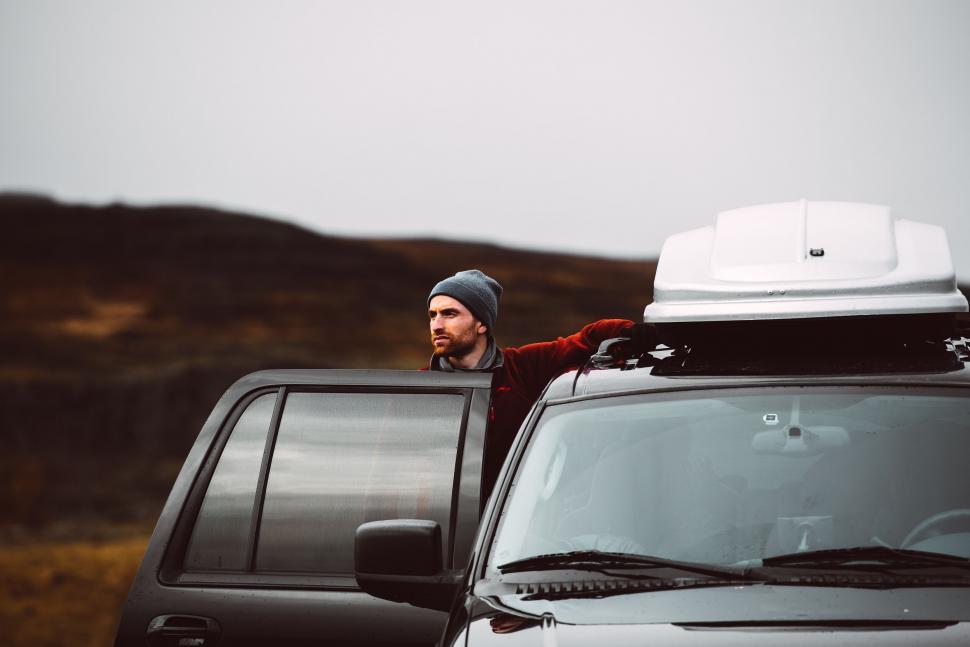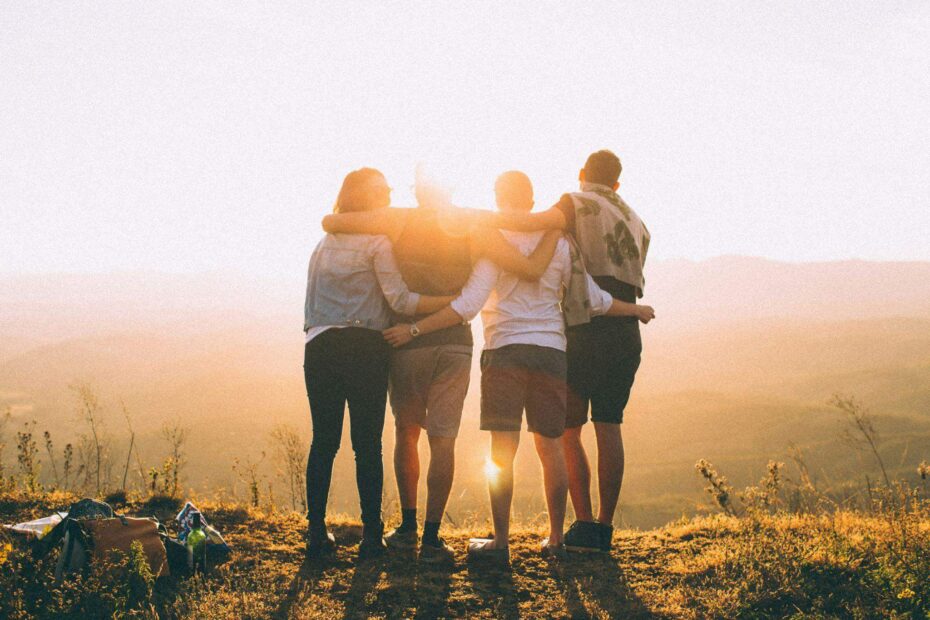In March 2005, five-year-old Tia Hernlen’s life changed in an instant, when she stumbled upon her parents’ bodies and calmly dialled 911. It was a moment so chilling that America collectively held its breath, then quietly cheered at the courage of a tiny voice at the other end of the line. Nearly two decades later—so, that’s almost 19 years now—she remains a figure of quiet strength, though you won’t find her on social media or in news headlines. Instead, “where is Tia Hernlen now?” is a question whispered by those who remember her story but respect her privacy.
Perhaps I’m biased—well, a little—because I’ve always been drawn to stories of resilience. And let’s be honest, this one has the perfect mix of heartbreak and hope. Over the next few thousand words (yes, I think it’ll exceed 2,500), we’ll wander through her early life, replay the tragic night, track the aftermath, and glimpse the adult Tia who’s chosen sovereignty over spotlight. Along the way, we’ll pepper in the key names—Tia Hernlen, Julie and Aeneas Hernlen—and address “where is Tia Hernlen now” head-on. Continue Reading





